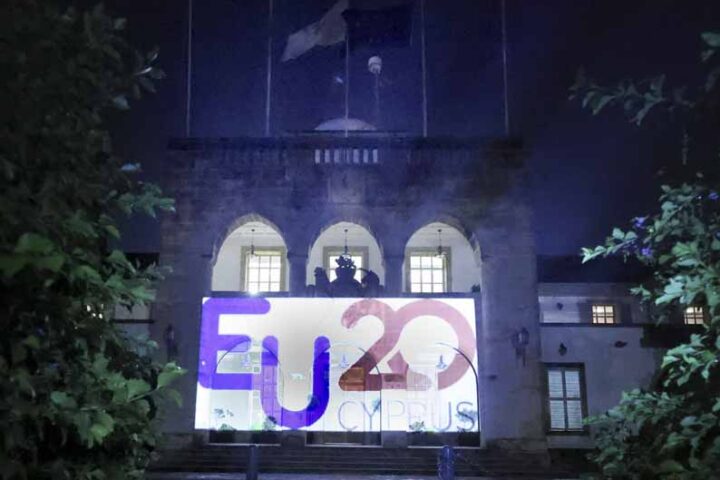Cyprus is at the wrong end of the EU table with a low share of energy from renewable resources putting it in the bottom five and some way off its 2020 target of 13%.
The share of energy from renewable sources (expressed in % of gross final energy consumption) reached 9.9% in Cyprus in 2017.
The target set by Brussels for the country is 13% for 2020 and Cyprus started from a low starting point of 3.3% in 2004, soon rising to 8.9% in 2014, 9.4% in 2015 and 9.3% in 2016. The 9.9% of 2017 is the 5th lowest rate in the EU.
Greece is closer to its 2020 target of 18%, scoring 16.3% in 2017. Greece started low at 6.9% in 2004 and moved to 15.4% in 2014, 15.4% in 2015 and 15.1% in 2016, ranking 15th among the EU28 – close to the EU average of 17.5%.
In 2017, the share of energy from renewable sources in gross final consumption of energy, in the EU, reached 17.5%, up from 17% in 2016 and more than double the share in 2004 (8.5%), the first year for which the data are available.
The share of renewables in gross final consumption of energy is one of the headline indicators of the Europe 2020 strategy. The EU`s target is to obtain 20% of energy in gross final consumption of energy from renewable sources by 2020 and at least 32% by 2030.
Since 2004, the share of renewable sources in gross final consumption of energy grew significantly in all Member States.
Compared with 2016, it has increased in 19 of the 28 Member States. With more than half (54.5%) of its energy coming from renewable sources in its gross final consumption of energy, Sweden had by far the highest share in 2017, ahead of Finland (41%), Latvia (39%), Denmark (35.8%) and Austria (32.6%).
At the opposite end of the scale, the lowest proportions of renewables were registered in Luxembourg (6.4%), the Netherlands (6.6%) and Malta (7.2%).
Each EU Member State has its own Europe 2020 target. The national targets take into account the different starting points, renewable energy potential and economic performance.
Among the 28 EU Member States, 11 have already reached the level required to meet their national 2020 targets: Bulgaria, Czechia, Denmark, Estonia, Croatia, Italy, Lithuania, Hungary, Romania, Finland and Sweden. Moreover, Latvia and Austria are around 1 percentage point (pp) away from theirs 2020 targets.
At the opposite end of the scale, the Netherlands (7.4 pp from its national 2020 objective), France (6.7 pp), Ireland (5.3 pp), the United Kingdom (4.8 pp), Luxembourg (4.6 pp), Poland (4.1 pp) and Belgium (3.9 pp) are the furthest away from their targets.







